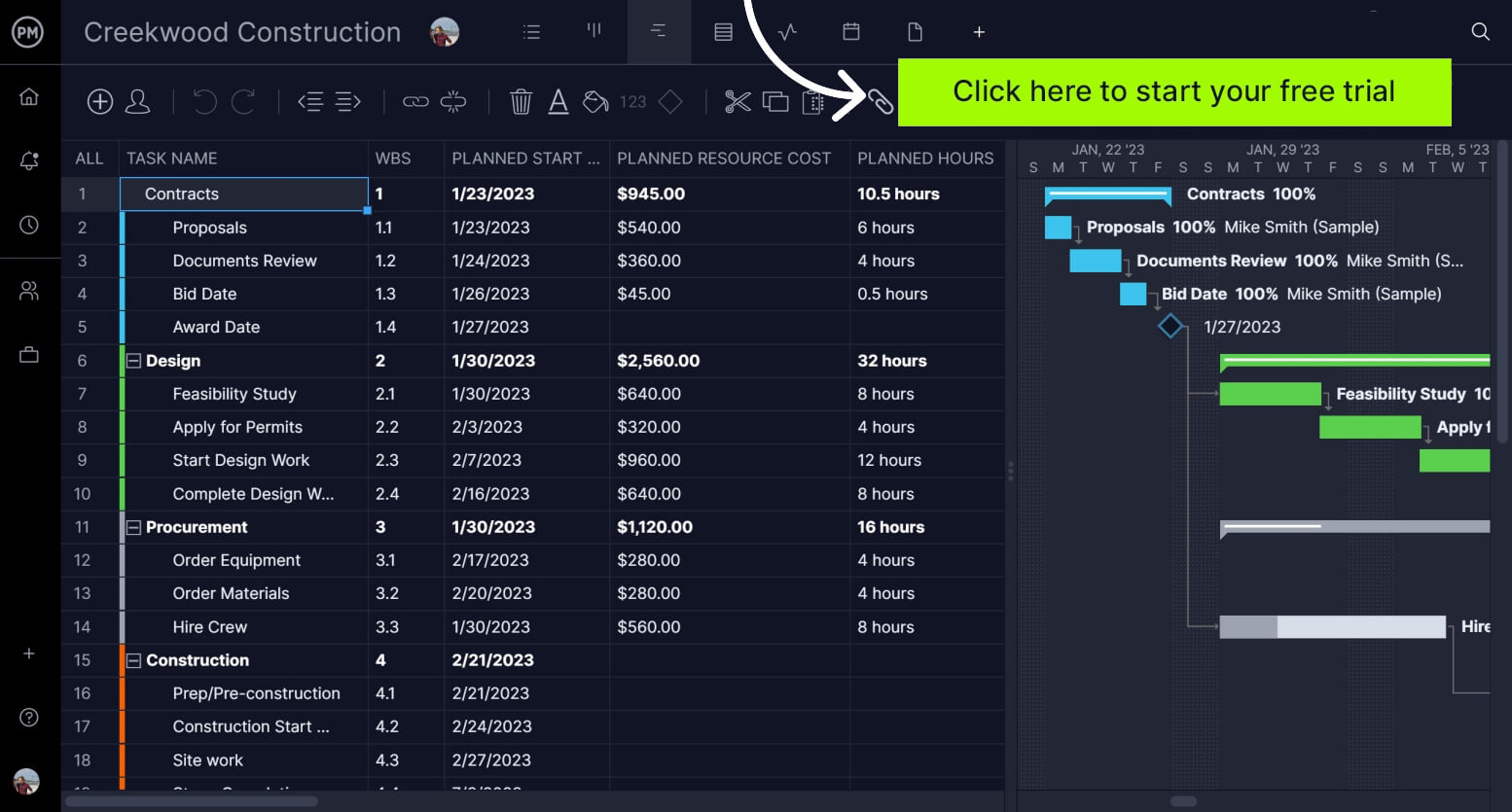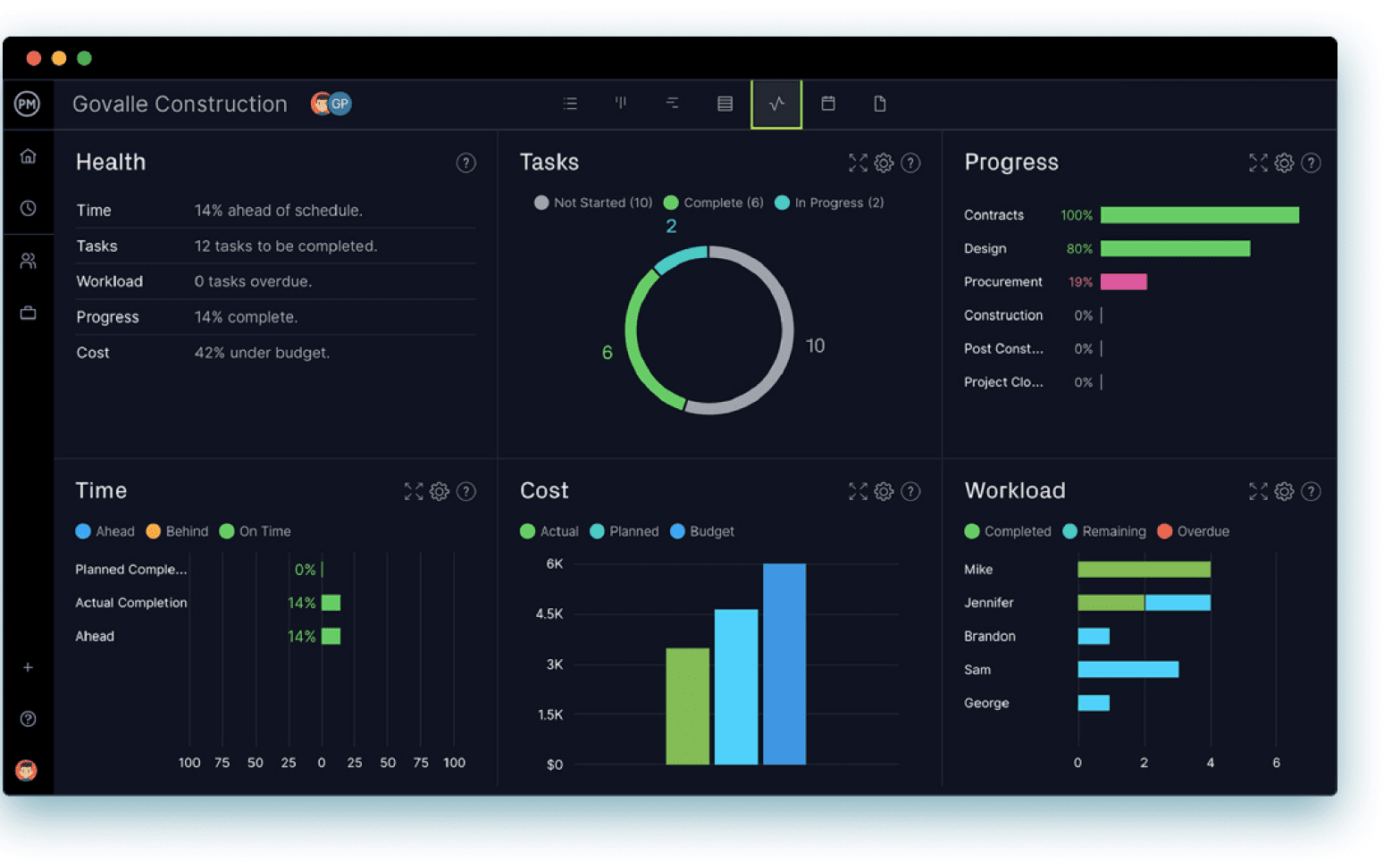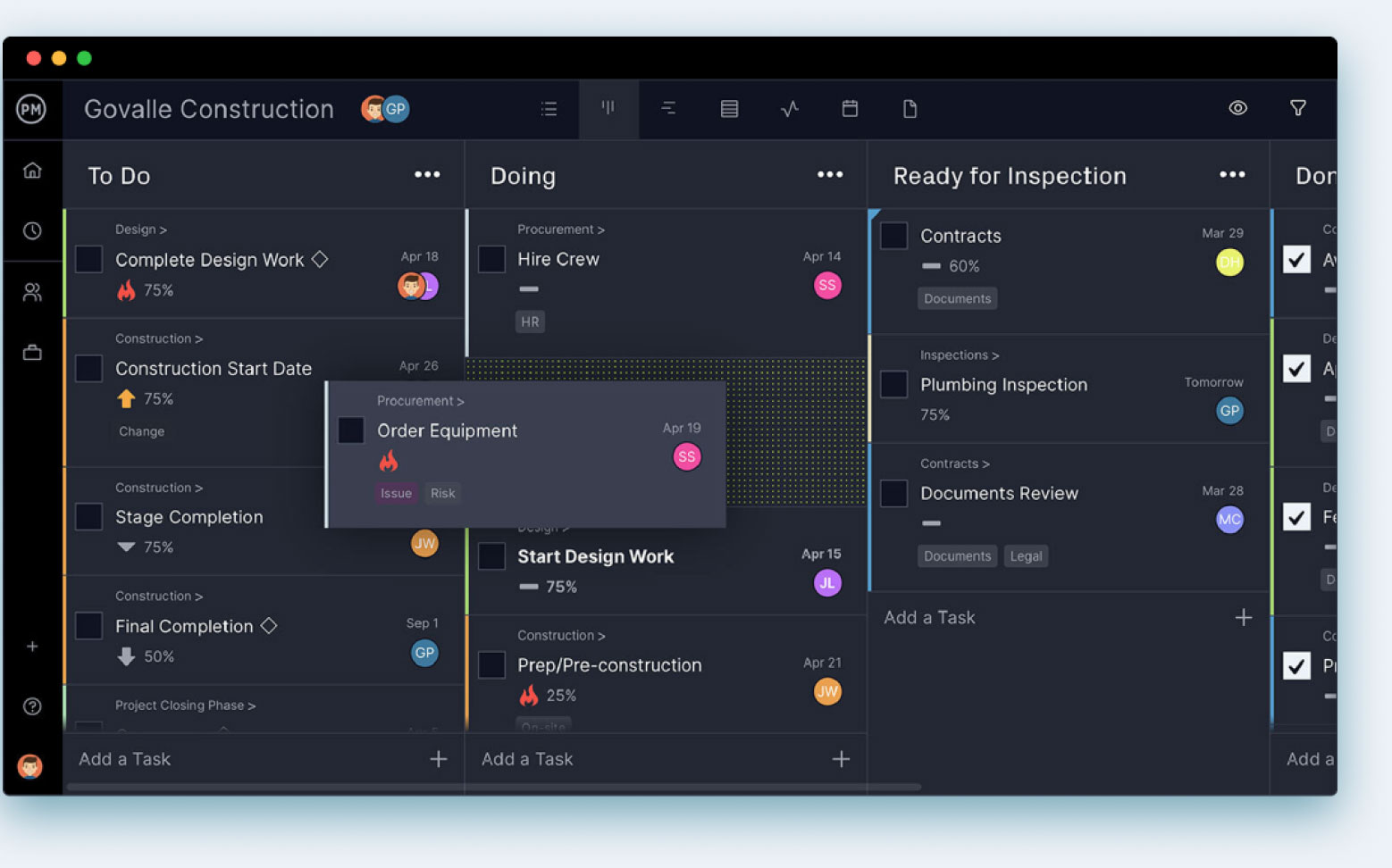When governments or corporations make large investments, they don’t do so without serious planning. There’s a lot of money involved in these capital projects and that means getting the funding and allocating the finances wisely.
Let’s take a look at capital projects, explore the idea of a capital asset and delve into the process of capital planning. We’ll end with a few examples of capital projects to make the concept more understandable.
What Is a Capital Project?
A capital project is a significant, long-term, major investment that’s tasked with adding to or improving on an existing capital asset. When speaking of a capital project, one is referring to something big and expensive that’ll involve a great deal of planning and resources to complete.
These capital projects can be infrastructure-based, such as roads and railways, when launched by the government. Corporations also engage in capital projects, but those are more along the lines of developing a manufacturing plant or erecting an office building. They’re initiated to help a company grow.
Because a capital project must be carefully managed, governments and corporations alike will use project management software to control the use of its resources and manage time. ProjectManager is award-winning project management software with powerful Gantt charts that organize tasks, resources and costs. Project managers can link all four types of task dependencies to avoid costly delays, filter for the critical path to identify essential tasks and set a baseline to track project variance in real time. Get started with ProjectManager today for free.

What Is a Capital Asset?
Capital projects involve capital assets. But what is a capital asset? A capital asset is any significant piece of property with a useful life longer than a year. It’s not something that a business would want to sell over the course of its normal operations.
You can look at a capital asset as a production cost. If a company buys equipment for its manufacturing plant, then that’s a capital asset. However, if that equipment is bought with the intention of selling it, then that’s considered inventory. Capital assets are used by businesses to generate revenue over an extended period.
While capital assets can be tangible or intangible, in most cases we’re talking about something like a building, land or furniture, fixtures and equipment. A capital asset differs from other assets in that its usefulness is more long-term as opposed to being used in the daily operations of the company.
What Is Capital Planning?
Capital planning is the process of budgeting for resources that will be used in the future to fulfill long-term plans. It’s used to help governments and corporations understand their future operational costs. It involves the assessment and predictive analysis to align the capital project to long-term objectives.
Capital planning is used as a roadmap for maintaining, upgrading and optimizing properties, buildings and infrastructure to name only a few. Once a capital plan has been made, it will be reviewed and approved by operations, stakeholders and finance teams.
What Is Capital Budgeting?
Capital budgeting is a process by which a large-scale investment is analyzed, evaluated and prioritized. Through the process of capital budgeting, one can objectively figure out the best way to apply capital in order to increase business value.
For example, it’ll show the best course of action for a company in making a decision such as whether to build a new factory or acquire an existing one that’s already manufacturing a new product that the company wants to produce. Capital budgeting increases the likelihood of a better outcome for the company.
What Is Capital Funding?
Capital projects are expensive by definition. They’re large and time-consuming, which is why capital funding is so important. Capital funding is simply the act of acquiring money to help pay for the project. While there are many ways to fund a capital project, such as bonds, grants, bank loans, existing cast reserves, operational budgets and private funding, most commonly are these two types of capital funding: debt financing and equity.
- Debt Funding: This is when money is raised for working capital or capital expenditures by selling debt instruments to the government or corporation, who then become creditors and promise to repay the principal and interest on the debt.
- Equity Funding: This is a process by which capital is raised by selling shares of a company. Equity can be through friends and family, professional investors or an initial public offering (IPO), though the latter is more involved as it allows the public investors.
Capital Planning Process
When planning for capital projects there are several steps that should be taken. They are as follows.
1. Defining Capital Project Drivers
The first thing to do is figure out what is driving the need for capital investments. That means identifying such factors as an aging infrastructure, regulations that have changed or the objective of growing the business. This will help determine where the capital investment should be made and why.
2. Gather Capital Project Requests
Each project you’re considering should have a capital project request, identifies and describes the project. That means the type of projects it is, where it is, including the legislative district, operating impacts, etc.
3. Prioritize Capital Project Proposals Using Capital Budgeting Techniques
Once you have the capital project requests, review them. Those that meet your evaluation criteria and are considered a good business investment will be separated from the rest. If there’s more than one capital project, then you’ll want to prioritize those projects to help select the right one to move forward on.
4. Establish the Feasibility and Profitability of Project Proposals
Before initiating the capital project, though, one must do their due diligence. This includes a feasibility study to evaluate whether the project will be successful or not. You’ll also want to initiate a cost-benefit analysis to determine if there will be a return on one’s investment, whether in financial or other beneficial gains, such as greater market share, competitive edge, etc.
5. Develop a Capital Plan
Once chosen, you’ll have to create a capital plan to show financial leaders that the investment is going to have a return and show how you’ll execute that plan to deliver it successfully. A proper capital plan will have a budget, timeline and tasks with associated resources and costs.
6. Obtain Approval for Capital Funding
As noted above, the capital plan isn’t only to outline how the project will be delivered but also to gain the confidence of those funding the capital project. Those decision-makers in corporations can include a capital management committee or the board of directors.
7. Execute Capital Projects
Once approved, the work on the project begins. This will involve the use of project management software to control the various elements, such as task management, time management, cost management, resource management, etc.
Capital Project Examples
Before leaving the topic, let’s move from the abstract description of the terms and the process to more concrete examples of what a capital project actually is. We’ve touched on some examples, but here are a few more.
A New Building
Constructing a new building is a capital project. It could be a government wanting to add affordable housing in a city that has little of it. Or a corporation that needs a new headquarters due to its increased size, moving to a new location or simply that the existing building is obsolete or falling apart.
Related: 11 Free Construction Templates
Building a Freeway
This is a governmental capital project, and the reasoning for its construction could be that a route between cities isn’t handling the increase in traffic. The state will have to list the benefits of this construction in order to get funding, such as more travel, tolls or other economic benefits to the state.
Renovating a Building
As noted, capital projects don’t have to be new construction but can involve the retrofitting or repair of an old one. This could be a governmental office or a corporate building, but in either case, there are important repairs, but the work isn’t so substantial that it would require constructing a new building.
How ProjectManager Helps Manage Capital Projects
A capital project is just a project. Yes, a larger, more complex and expensive one, but still only a project. Project management software is designed to make the work related to any project more efficient and effective. ProjectManager is award-winning project management software that has the flexibility to work with any sized project, planning, managing and tracking it in real time.
Plan, Schedule and Track Capital Projects With Multiple Tools
We’ve already shown how our robust Gantt charts can organize tasks, add milestones for tracking and assign team members with work. But not everyone is going to need the features of a Gantt chart, which is why we have multiple project views that all update together in real time. Everyone is always working on the most updated data, whether they’re using the visual workflow of a kanban board, knocking off tasks with our list view or using the sheet or calendar view to track progress.

Track Progress and Costs with Real-Time Dashboards
Planning and managing your team’s work is only part of the job when running a capital project. You need to make sure that the execution is aligned with the plan. Our real-time dashboards give you a high-level overview of the capital project whenever you want one. You can view metrics such as cost, time and more on easy-to-read graphs and charts. Unlike lightweight alternatives, there’s no time-consuming setup with our dashboard. It’s ready when you are.

That’s only a glimpse of what our tool can do for you. Managing a capital project is a risky endeavor, but our risk management features help you identify and mitigate those risks. We also have task management features to keep everyone productive and resource management tools that make sure you have what you want when you want it.
ProjectManager is online project management software that connects teams in the office, out in the field or even at home. It’s easy to share files and comment at the task level to foster greater collaboration. Join teams at Avis, Nestle and Siemens who are using our software to succeed. Get started with ProjectManager today for free.


